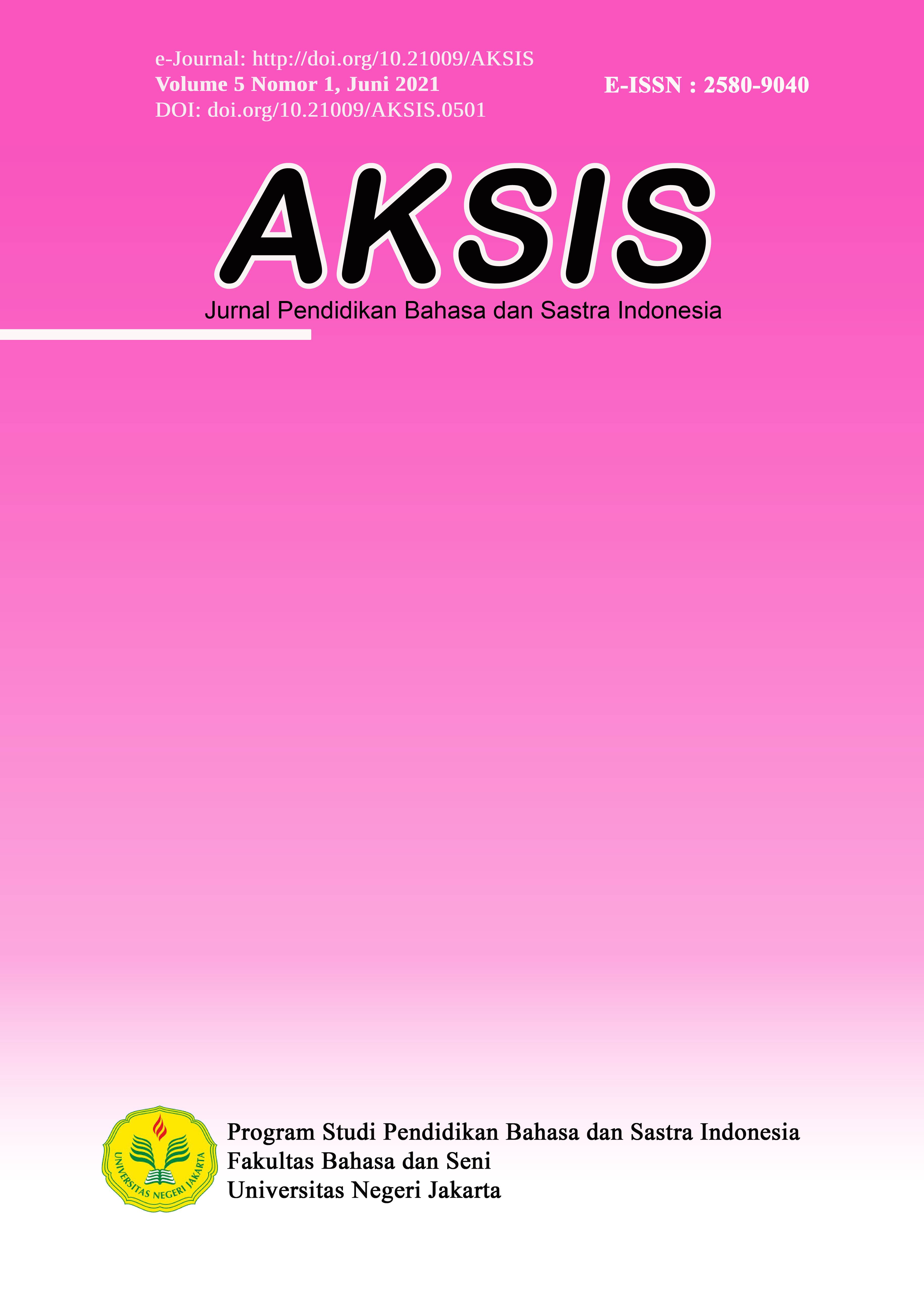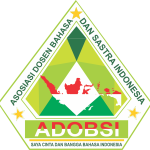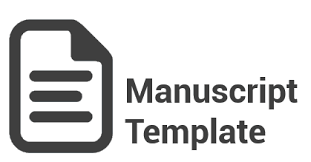Illocutionary Speech Acts Analysis in Nadhira Afifa's Speech as A Student Speaker at Harvard Graduation 2020
Abstract
The present study aims to find out the types of illocutionary act in Nadhira Afifa’s speech as a student’s speaker as Master of Public Health in Harvard Graduation 2020. The types of illocutionary which was promoted by Yule (1996) focused in this study. The study used qualitative descriptive by analyzing Nadhira’s speech as the main data. Furthermore, the sources of the data in this study was collected by downloading the video of speech from YouTube. Then, the data are analyzed and transcribed into the written form. Furthermore, the data were grouped into five types of illocutionary speech acts. The finding revealed that there are four typed of illocutionary speech acts which are used in Nadhira's speech. They were representative, expressive, directive and commissive. In this term, one of illocutionary acts type which is declarative did not find in the speech. Apparently, the preferable type of illocutionary speech act was representative. In this term, Nadhira delivered the information related to the importance of being part of public health during this day that she concerned about. Meanwhile, the percentage revealed the most and the least used of types of illocutionary speech acts by Nadhira's speech. They were representative (56.4%), expressive (30.7%), directive (5.1%), commissive (7.7%) and declarative (0%). It means that representative and expressive are being preferable. It is occurred because the context and the speaker who has the speech is a student’s speaker in graduation day.
Keywords: illocutionary acts, speech act, speech, analysis
Abstrak
Penelitian ini ditujukan untuk mengetahui jenis-jenis ilokusi dalam Pidato Nadhira Afifa sebagai pembicara mahasiswa Magister Kesehatan Masyarakat di Harvard Graduation 2020. Jenis Jenis ilokusi yang dipromosikan oleh Yule (1996) difokuskan dalam penelitian ini. Penelitian ini menggunakan deskriptif kualitatif dengan menggunakan pidato Nadhira sebagai data utama. Selanjutnya sumber data dalam penelitian ini diunduh dari YouTube. Data tersebut dianalisa, ditranskripsikan ke dalam bentuk tertulis dan dikelompokkan menjadi lima jenis tidan tutur ilokusi. Hasil penelitian menunjukkan bahwa ada empat jenis tindak ilokusi yang digunakan dalam pidato Nadhira yaitu representatif, ekspresif, direktif dan komisif. Dalam hal ini, deklaratif tidak ditemukan dalam pidato tersebut. Representatif menjadi tindak tutur yang lebih disukai dalam pidato ini. Nadhira menyampaikan informasi terkait pentingnya menjadi bagian dari kesehatan masyarakat. Sementara itu, persentasi dalam tindak ilokusi ditunjukkan dengan representatif (56,4%), ekspresif (30,7%), direktif (5,1 %), komisif (7,7%) dan deklaratif (0%). Ini artinya representatif dan espresif lebih disukai. Hal ini terjadi karena konteks dan penuturnya adalah sebagai pembicara mahasiswa pada hari wisuda.
Kata kunci: tindak ilokusi, tindak tutur, analisis
References
Alshorafat, O. ., Atta, F., & Rasheed, S. (2019). International Journal of Linguistics , Literature and Translation ( IJLLT ) ISSN : 2617-0299. International Journal of Linguistics, Literature and Translation, 2(3), 177–182.
Austin, J. L. (1962). How do to Things with Words (p. 167). Oxford University Press.
Chairani, M., Sofyan, D., & Hardiah, M. (2020). Journal of English Education and Teaching (JEET), 2(2), 9–19.
Chankova, M. (2019). Rejecting and challenging illocutionary acts. Pragmatics, 29(1), 33–56.
Creswell, J. W. (2012). Research Design (Qualitative, Quantitative, and Mixed Methods Approaches). SAGE Publication.
Cruse, A. (2000). Meaning in Language: An Introduction to Semantics and Pragmatics (Oxford Textbooks in Linguistics). Oxford University Press.
Denscombe, M. (2010). The Good Research Guide for small-scale social research projects. In Mc Graw Hill Open University Press (Fourth Edi). Mc Graw Hill. Open University Press.
Dibdyaningsih, H., & Chakim, M. A. (2019). An Analysis of Teacher Speech Act in Giving Motivation for English Students. 2(02), 218–229.
Fitria, T. N. (2019). An analysis of directive speech act found in “koi mil gaya” movie. Journal of Pragmatics Research, 1(2), 89–99.
Haucsa, G. M., Marzuki, A. G., Alek, A., & Hidayat, D. N. (2020). Illocutionary Speech Acts Analysis in Tom Cruise’S Interview. Academic Journal Perspective : Education, Language, and Literature, 8(1), 11.
Hidayat, D. N., Septiawan, Y., & Sufyan, A. (2020). Critical discourse analysis and its potential for english language teaching: A study on beauty advertisement products in Indonesia. Asian ESP Journal, 16(22), 271–297.
Husain, A., Hamamah, H., & Nurhayani, I. (2020). Commissive Speech Act in Indonesian Presidential Debate. OKARA: Jurnal Bahasa Dan Sastra, 14(1), 81.
Hutajulu, F. S. L., & Herman, H. (2019). Analysis of Illocutionary Act in the Movie “You Are My Home” English Subtitle. JEES: Journal of English Educational Study, 2(1), 29–36.
Ilma, R. (2007). Speech Acts in English Language Teaching. Iranian Journal of Language Studies, 1(2), 143.
Larasanti, D., Arjulayana, & Srikandi, C. N. (2020). an Analysis of Illocutionary Acts in Donald Trump ’ S Presidential Candidacy Speech. 9(1), 7–13.
Mufiah, N. S., & Nur Rahman, M. Y. (2018). Speech Acts Analysis of Donald Trump’S Speech. PROJECT (Professional Journal of English Education), 1(2), 125.
Nassaji, H. (2015). Qualitative and descriptive research: Data type versus data analysis. Language Teaching Research, 19(2), 129–132.
Paltridge, B. (2008). Discourse Analysis (First Edit). Continuum.
Praditya, D. J. I. M., Putra, A. J. I. N., & Artini, L. P. (2014). An Analysis of Speech Acts in the Conversation Between Habibie and Ainun in the Film Entitled Habibie and Ainun 2012. Journal of English Education Department, Postgraduate Program Ganesha University of Education Singaraja, Indonesia, 2(1), 1–10.
Putri, et all. (2019). an Analysis of Speech Act Used in Harry Potter and. International Journal of Language and Literature, 3(2), 3–6.
Rahayu, F. N., Arifin, M. B., & Ariani, S. (2018). Illocutionary Act in the Main Characters. Mulawarman University, 2(2), 175–187.
Rais, B., & Triyono, S. (2019). Pragmatic Analysis of Speech Acts on The Video of Prabowo Vs Jokowi - Epic Rap Battles Of Presidency. Ijllt, 2(3), 150–157.
Rosyidi, A. Z., Mahyuni, M., & Muhaimi, M. (2019). Illocutionary Speech Acts Use by Jokowidodo in First Indonesia Presidential Election Debate 2019. International Journal of Multicultural and Multireligious Understanding, 6(2), 735.
Sameer, I. H. (2017). The analysis of speech acts patterns in two Egyptian inaugural speeches. Studies in English Language and Education, 4(2), 134.
Sartika, E., Marzuqoh, S., & Majid, K. (2019). The Analysis of Declaration of Illocutionary Acts of the Korean- English Drama “ I Hear Your Voice .” 1(1), 30–42.
Searle, H. (1969). Speech Act (An Essay in The Philosophy of Language). Cambridge University Press.
Tutuarima, Z., Nuraeningsih, N., & Rusiana, R. (2018). An Analysis of Speech Act Used in London Has Fallen Movie. Vision: Journal for Language and Foreign Language Learning, 7(2), 122.
Widiastuti. (2020). The Pragmatic Study of Speech Act Analysis in Discussion Activities on Speaking Learning. Eduvelop, 3(2), 64–72.
Yule, G. (1996). Pragmatics. Oxford University Press.






